T-shirts featuring the colorful JonRocket.com logo are now available. These quality white shirts are made of 100% cotton and are available in several sizes.
https://jonrocket.com/shop/index.php?main_page=index&cPath=165_9704_9764


T-shirts featuring the colorful JonRocket.com logo are now available. These quality white shirts are made of 100% cotton and are available in several sizes.
https://jonrocket.com/shop/index.php?main_page=index&cPath=165_9704_9764

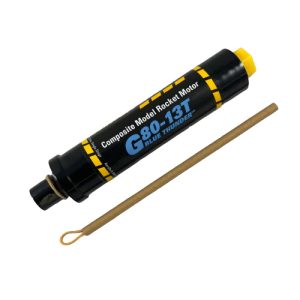
We’ve recently added many new products to our online model rocketry store including a selection of Aerotech F & G impulse rocket motors.
You can see a list of all of the products recently added to our store by visiting:
https://jonrocket.com/shop/index.php?main_page=products_new
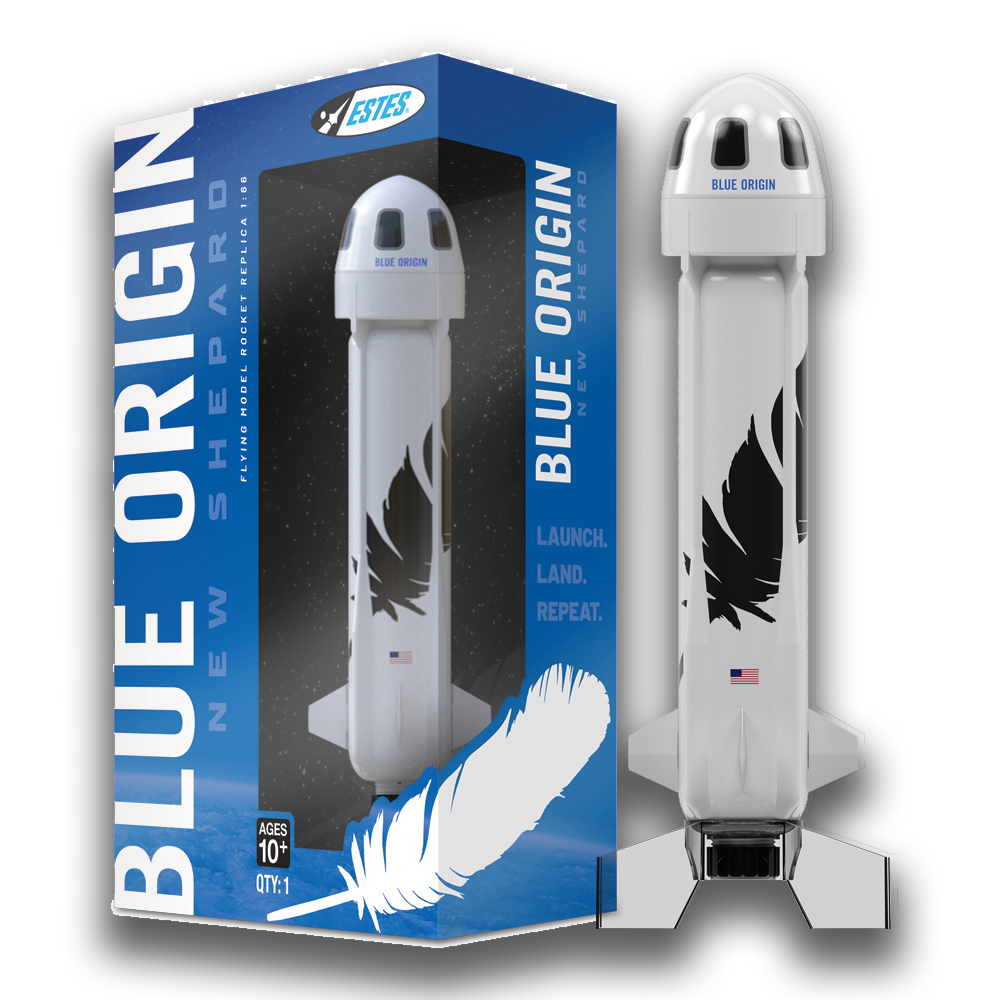
Now you can fly the rocket that launched a thousand memes! The rocket that also blasted William Shatner (“Captain Kirk”) into space, is now a scale flying model from Estes.
Using a C6-3 or C5-3 engine, the Blue Origin New Shepard from Estes reaches an altitude of about 400 feet where the parachute deploys to return the booster and capsule to earth.
The New Shepard rocket is now available from JonRocket.com.
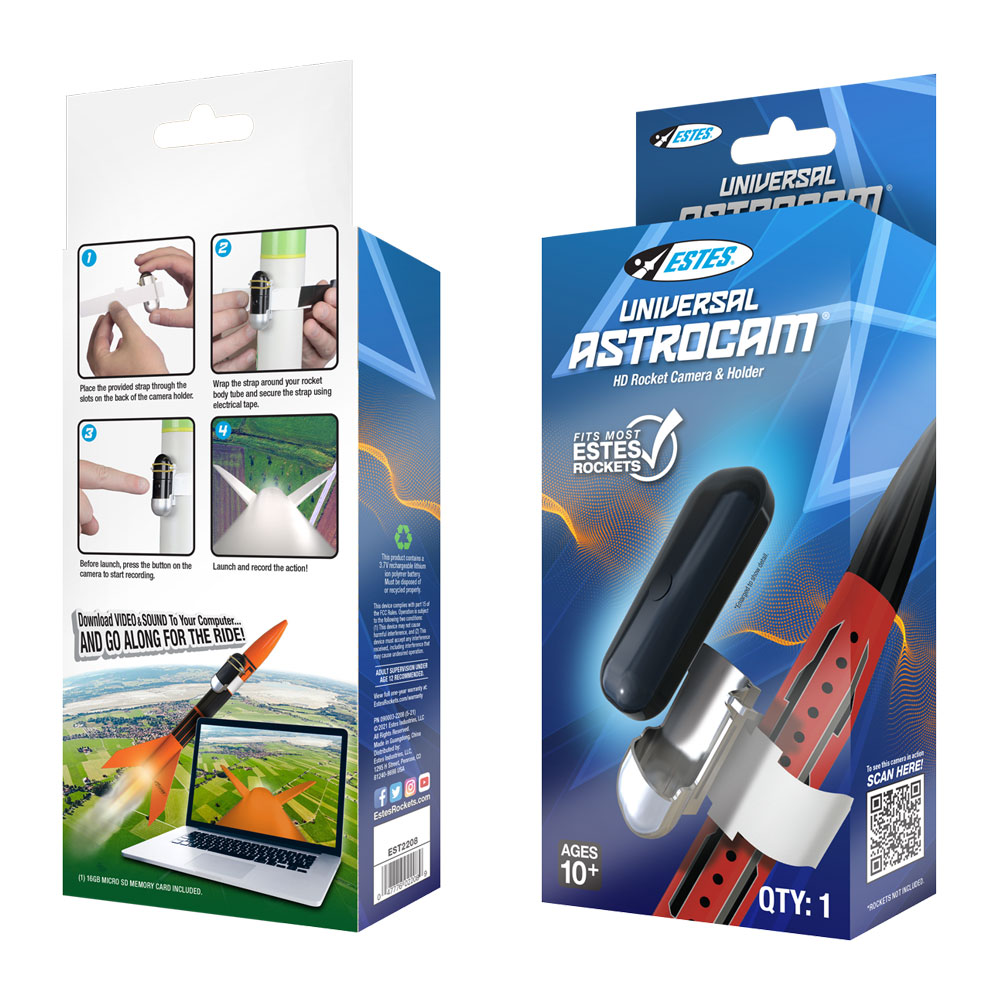
The Universal AstroCam by Estes is now available at JonRocket.com. The AstroCam is a small high-definition video camera that you can attach to your rocket to capture the sights and sound of a launch from the rocket’s viewpoint.
The Universal AstroCam quickly attaches to your rocket using two straps and a small piece of tape. After the flight, it is just as easily removed for use on another rocket. The camera’s compact and lightweight profile means it has minimal impact on the trajectory of your flight and can be used on almost any rocket.
The AstroCam’s chrome finish makes it easy to spot high in the sky while the camera hood protects its view from any glare. Despite its small size, the AstroCam records high-quality video footage and incredible audio. It easily detaches from the rocket and attaches to any USB port on your computer for easy video file management.

Launch Lab’s Bullet Bobby draws its inspiration from a video game villain from the 1980s and from Estes’s line of “Goonybird” model rocket kits. Featuring high-quality parts including a strong, 3D-printed nose cone and a nylon parachute, the Bullet Bobby flies on 18mm motors.
The Bullet Bobby is the latest addition to JonRocket.com’s online catalog of model rocket kits, parts, supplies and accessories.
In the late 1970s, Centuri released a line of fighter jet inspired model rocket kits including the F-16 Fighter. Drawing on Centuri’s classic design, Odd’l Rockets has released its own F-16 kit.
The Odd’l Rockets F-16 features laser-cut parts, waterslide decals, a stronger body tube, and excellent instructions. But, it is the vacuum formed plastic canopy that sets the F-16 apart from other kits.
The F-16 is now available at jonrocket.com.
https://jonrocket.com/index.php?main_page=product_info&cPath=1_38_64&products_id=1515
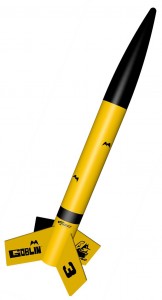 In 1970, Estes introduced the Goblin as a free kit which they included with some orders. In 1972, it appeared for sale in their catalog.
In 1970, Estes introduced the Goblin as a free kit which they included with some orders. In 1972, it appeared for sale in their catalog.
Estes recently reintroduced the kit which is available at JonRocket.com. With a 24mm motor mount and streamer recovery, the Goblin is designed for high-flying. And, with a yellow and black paint scheme and classic decals, the Goblin also looks good sitting still.
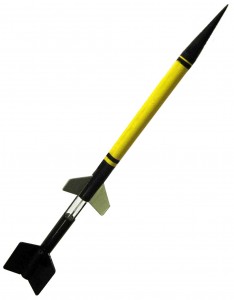 We’ve added scale model rocket kits and parachutes from Aerospace Speciality Products to our online store. We approached ASP about carrying their kits after reading reviews in the Model Rocket Building Blog and at RocketReviews.com. The reviews convinced us that ASP’s kits are of the best quality and are sure to please our customers.
We’ve added scale model rocket kits and parachutes from Aerospace Speciality Products to our online store. We approached ASP about carrying their kits after reading reviews in the Model Rocket Building Blog and at RocketReviews.com. The reviews convinced us that ASP’s kits are of the best quality and are sure to please our customers.
ASP offers scale models in a wide range of sizes, from tiny rockets powered by MicroMaxx motors to large ones propelled by E and F motors. Often several scale models of a single real-world rocket are available. For example, the WAC Coporal is offered as a single-stage, MicroMaxx-powered kit (pictured) as well as a two-stage kit powered by a 24mm motor in the booster and an 18mm motor in the upper stage.
On January 19, 2006, an Atlas V launched from Cape Canveral Air Station to prepel NASA’s New Horizons spacecraft on its three billion mile journey to Pluto. When New Horizons reaches Pluto in the Summer of 2015 it will be travelling about 30,000 mph, too fast for it to be able to slow down to got into orbit around Pluto. Instead, New Horizons will snap photographs and capture data as it passes within 6000 miles of Pluto’s surface.
DFR’s scale model of the Atlas V in its “New Horizons” AV511 configuration is JonRocket.com’s latest addition to our online catalog. This is DFR’s most detailed kit to date with many 3D printed parts and a pre-applied vinyl wrap on the body tube.
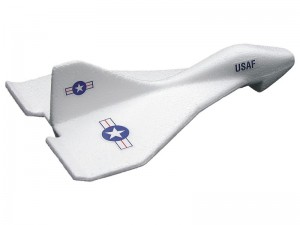 When I was young, my favorite rocket was the Estes Omega. I had saved for weeks to purchase the Omega and the Cineroc movie camera payload for it. I flew the Omega only once with the movie camera. But, I flew it many more times without the camera.
When I was young, my favorite rocket was the Estes Omega. I had saved for weeks to purchase the Omega and the Cineroc movie camera payload for it. I flew the Omega only once with the movie camera. But, I flew it many more times without the camera.
At the time, it seemed like a really big rocket. And it flew using really big (and scary and expensive) D motors. Although it was a two-stage kit, I always flew it as a single stage rocket. After all, two D motors were even scarier (and more expensive).
For some of the later flights of the Omega, I attached two small gliders to the rocket. The little foam gliders would separate and glide back to earth as the rocket came down under its parachute.
The little foam gliders I used back then were delta shaped, looking sort of like the Space Shuttle’s orbiter which was still just a design on the drawing board at the time. Manufactured by Guillow, the gliders cost 25 cents each.
The gliders were designed to be hand-launched or launched with a rubber band. But, I stuck a small dowel into the foam hook on the bottom of the front of the glider. Then I cut a small section out of a launch lug. I glued the launch lug section onto the rocket’s body tube centered between two fins and just high enough above the fins so that the glider would hang on the lug with the back of its wing resting on the fins.
After I placed the rocket on the launch pad, I’d hang the glider on the launch lug segment. At apogee, the glider would fall off and glide down on its own. The Omega’s mighty D engine was powerful enough to allow the rocket to carry two parasite gliders at once.
We recently added Guillow’s Delta Dart gliders to our online catalog. These are almost the same as the gliders I used so many years ago. The are are a little lighter than the ones I remember. And they cost a little more than 25 cents each. But, they work just as well as parasite gliders.